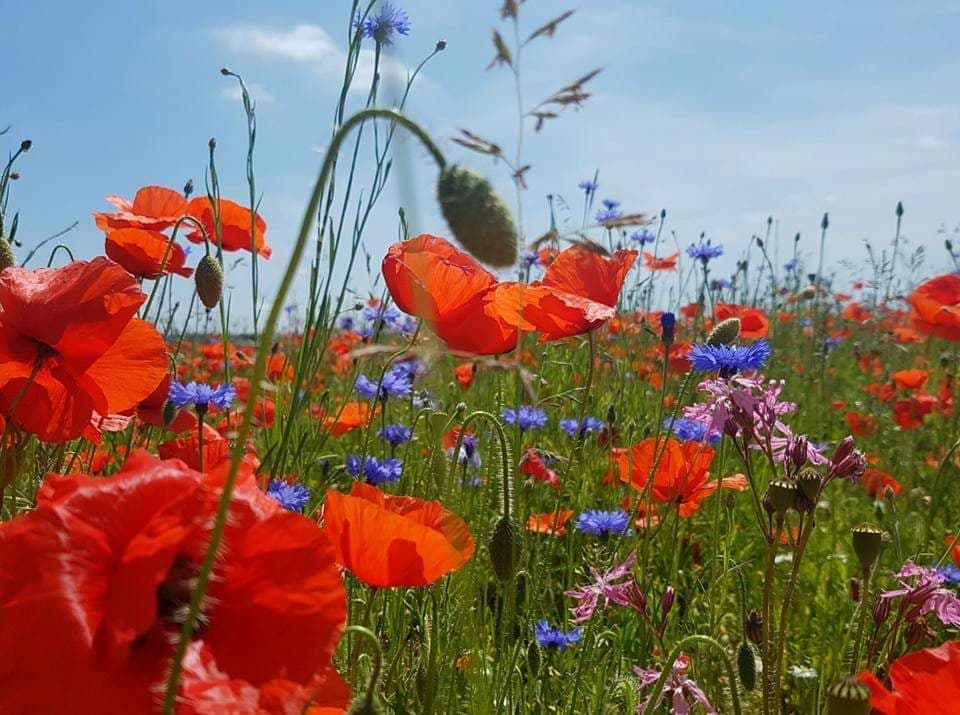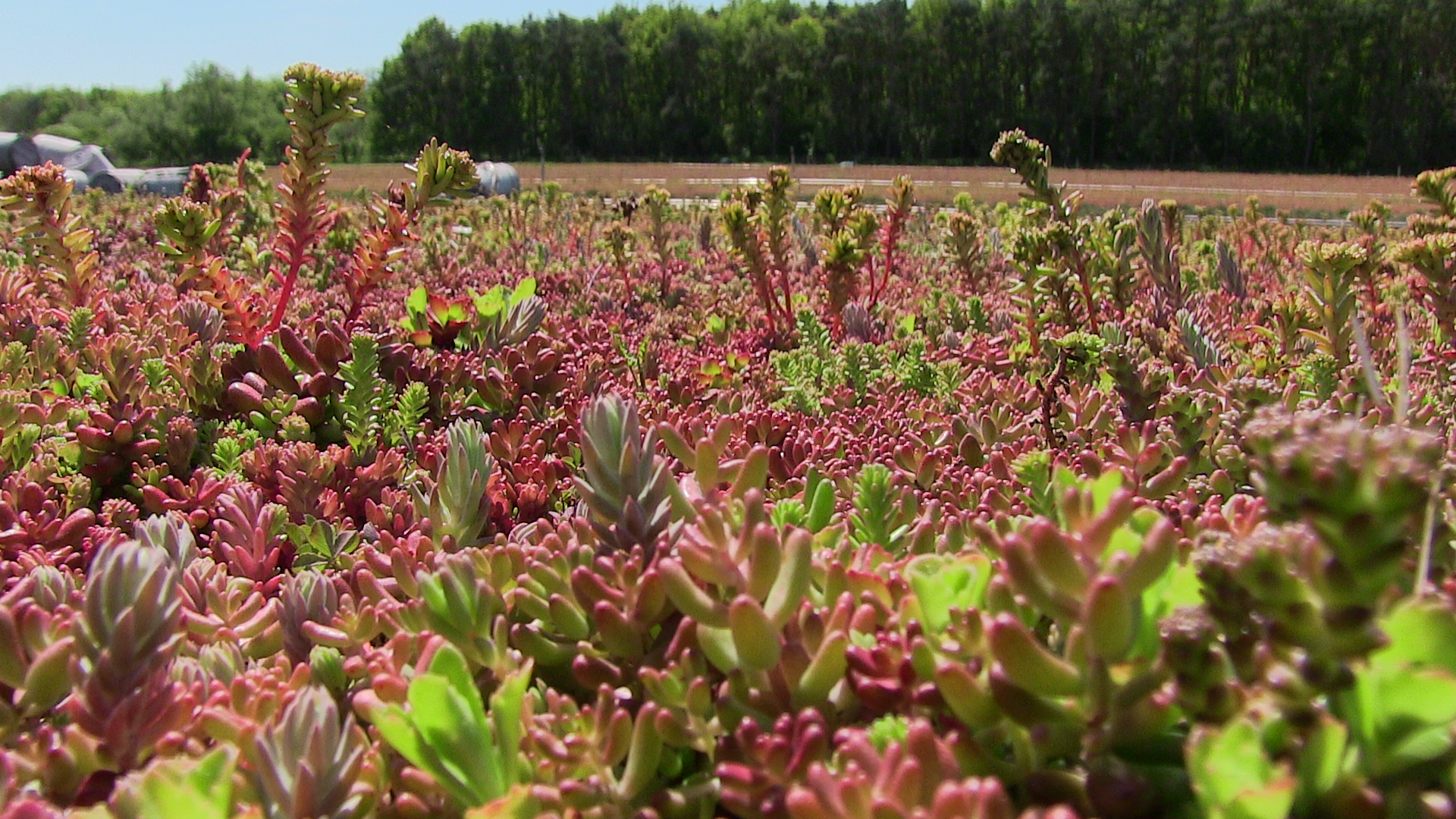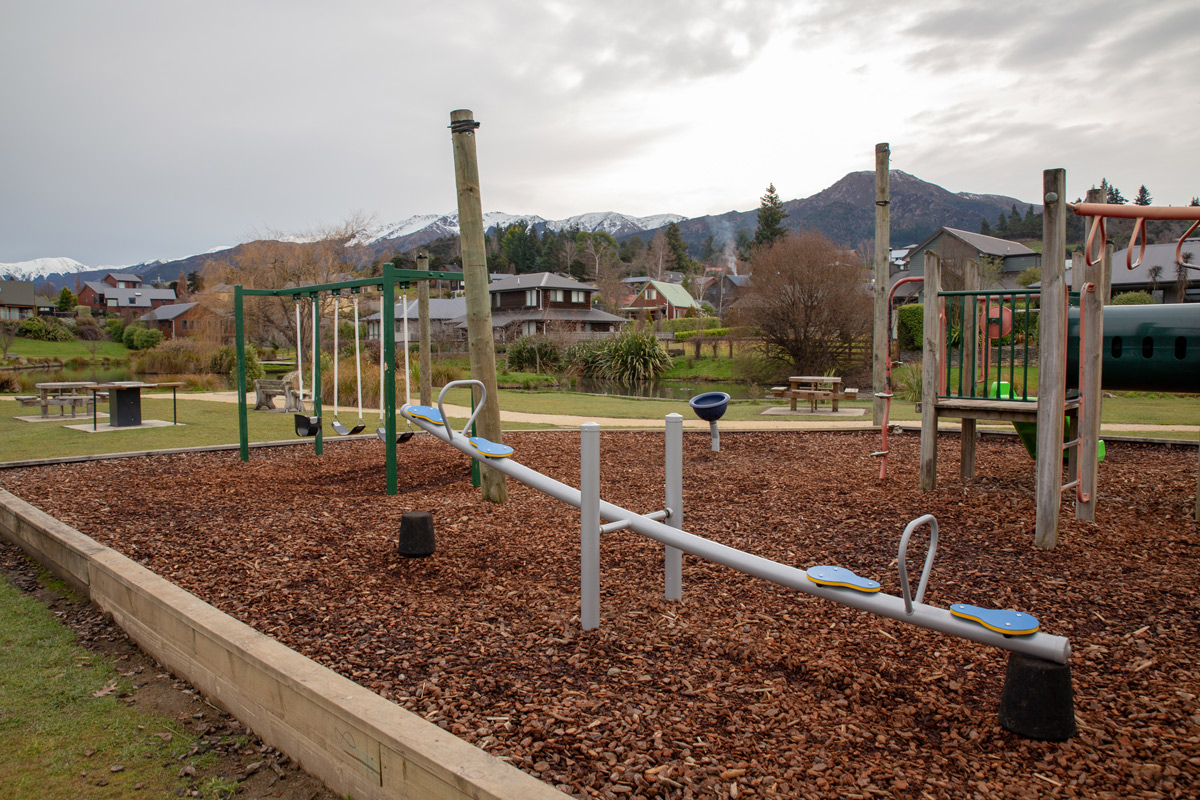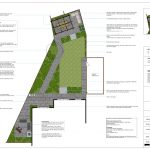Alternative Lawns
Innovative garden design solves problems by finding alternatives. In this article, guest blogger Simon Marsh from Harrowden Turf talks about alternative lawns for gardens without grass.
Much has been made of alternative lifestyles but these have yet to really take hold in the horticulture sector. But change is here and can offer real choice.
Lawns do not need to be grass
For gardening one aspect of these alternative design and build, approaches are the adoption of alternatives to the humble lawn. Whisper it – but all lawns do not have to be grass.
Ground cover can be done in any number of ways from the fashion-driven adoption of decking, maintenance-free artificial grass, composite decking, mulch, hard landscaping, and planting. In recent times much has been made of the garden room and office cabins.
Alongside these changes in demand and fashion has been the ever-present and growing concerns over the environment, the pressures on insects, and the dangers of water run-off. Whilst artificial turf plays to our desire for low maintenance it can be difficult to justify sheets of plastic which can not be recycled and which will ultimately end up in landfill.
The challenge for landscapers and those offering garden services is to challenge customers and to draw their attention to the alternatives available. There is always grass – quality turf – and what can really compare to the feel of grass underfoot? For the summer – remember summer? – barefoot picnics are hard to beat but much more can be done to encourage wildlife into your garden or to simply bring wildflowers onto centre stage.
The joy of natural grass is that it works with nature. It will soak up rainwater to relieve pressure on drains whilst absorbing CO2 and releasing oxygen. On a hot day, it will cool the atmosphere and of course is totally 100% recyclable – without the use of expensive recycling facilities.
As a food resource or shelter for a host of wildlife species grass is the traditional foundation of the British garden. Its root systems stabilise soil and help prevent erosion, whilst it will also filter dust and pollutants from the air where they can be safely dealt with by soil microbes….and as we‘ve already said its – soft and comfy to sit, walk and play on.
Alternative lawns that are neither living nor natural will have far fewer benefits.
Alternative lawns with wildflowers
But there are alternatives that can add to the traditional benefits of grass. Wildflower matting can deliver an altogether different garden experience. Wildflower matting reduces maintenance by around 90% and its appearance is really rather beautiful, evoking the meadows of our childhood growing long needing only one or two cuts a year.
Opt for a wildflower lawn and mow paths through it to give it a more manicured look. Combine wildflowers with hard landscaping and/or planters for a contemporary look and feel.
You will definitely see a lot more wildlife when you use wildflowers as a natural alternative to a grass lawn. And if you are keen on photography or painting, you’ll have plenty of subject matter.
Sedum matting for alternative lawns
A slightly more leftfield option is sedum matting.
Sedum plants are far more drought tolerant than lawn grasses and they can delight all year round. The only disadvantage with a sedum lawn is that it is not very hardwearing. Sedums won’t tolerate frequent foot traffic and so are not suitable for children’s play areas.
On the plus side, these low growing plants have a fascinating texture, are very kind to the environment, and are a magnet to pollinating insects. Perfect grass alternatives for a front garden or for a sloping garden.
Enviromat sedum matting was developed for use on commercial green roofs because it is so self-sufficient. Maintenance consists of no more than applying a feed once a year and clearing away autumn leaves. There is no mowing and no clippings to dispose of.
Enviromat prefers to be in full sun on well-drained soil.
Using bark or woodchip as a groundcover as a grass alternative
Natural products are always good for the environment. You can’t beat living plants for the benefits they bring but if plants are not for you, a bark mulch surface is an OK no grass lawn alternative. Use weed control membrane beneath it and be prepared to pluck out an occasional opportunist plant.
Bark mulch drains well, nourishes soil microbes and makes a practical play surface for children and pets when used as a ground cover alternative to grass. It also appeals to a wide range of minibeasts and will attract the birds who feed upon them.
On the downside, it will probably need topping up every 3-4 years.
Go on – consider an alternative approach for that 2021 garden project – embrace an alternative garden lifestyle.
Links:
More articles about garden design
Choosing hard landscaping materials
Planting with purpose – designing with the right plant in the right place







